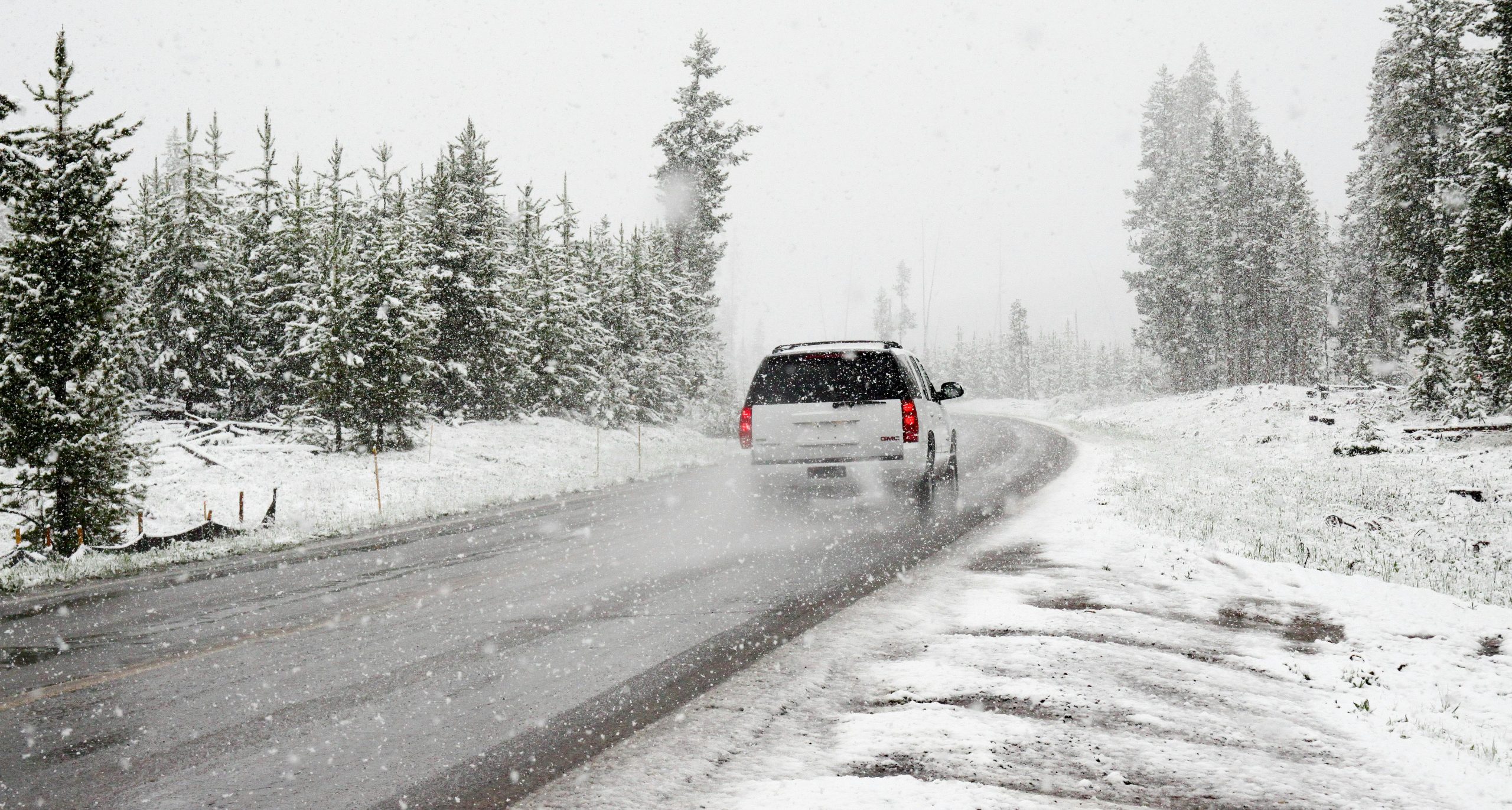How to Winterize Your Car for Cold Months
As winter approaches, ensuring your vehicle is ready for the cold months is crucial for safety and performance. Winterizing your car can prevent breakdowns, enhance fuel efficiency, and extend the life of your vehicle. Here’s a comprehensive guide on how to prepare your car for winter.
Check Your Battery
Cold weather can significantly affect your car battery’s performance. According to the Battery Council International, a battery loses about 35% of its strength at 32°F and up to 60% at 0°F. Here’s how to ensure your battery is winter-ready:
- Inspect for corrosion on terminals and clean if necessary.
- Test the battery’s charge with a multimeter or take it to a professional.
- Consider replacing batteries older than three years.
Inspect Your Tires
Proper tire maintenance is essential for winter driving. The National Highway Traffic Safety Administration (NHTSA) recommends checking the following:
- Tire tread depth: Ensure it meets the minimum requirement of 2/32 of an inch.
- Inflation: Cold air can reduce tire pressure; check and inflate to the recommended PSI.
- Winter tires: If you live in an area with heavy snowfall, consider investing in winter tires for better traction.
Change Your Oil and Fluids
Using the right oil and fluids can improve your car’s performance in cold weather. Here’s what to check:
- Oil: Switch to a winter-grade oil if you haven’t already, as it flows better in cold temperatures.
- Antifreeze: Ensure your coolant system is filled with a 50/50 mix of antifreeze and water to prevent freezing.
- Windshield washer fluid: Use a winter formula that won’t freeze.
Prepare Your Wipers and Lights
Visibility is crucial during winter months. Ensure your wipers and lights are in good condition:
- Replace worn wiper blades to avoid streaks and ensure clear visibility.
- Check that all lights are functioning, including headlights, brake lights, and turn signals.
- Consider using winter wiper blades designed to handle snow and ice.
Emergency Kit Essentials
Even with proper winterization, emergencies can happen. Prepare an emergency kit to keep in your car:
- Blankets and warm clothing
- Non-perishable snacks and water
- First-aid kit
- Flashlight with extra batteries
- Shovel and ice scraper
- Jumper cables
Conclusion
Winterizing your car is not just about comfort; it’s about safety and reliability. By checking your battery, tires, fluids, wipers, and preparing an emergency kit, you can ensure your vehicle is ready to tackle the cold months ahead. Remember, a little preparation can go a long way in preventing costly repairs and ensuring your safety on the road. Stay warm and drive safely!

No responses yet